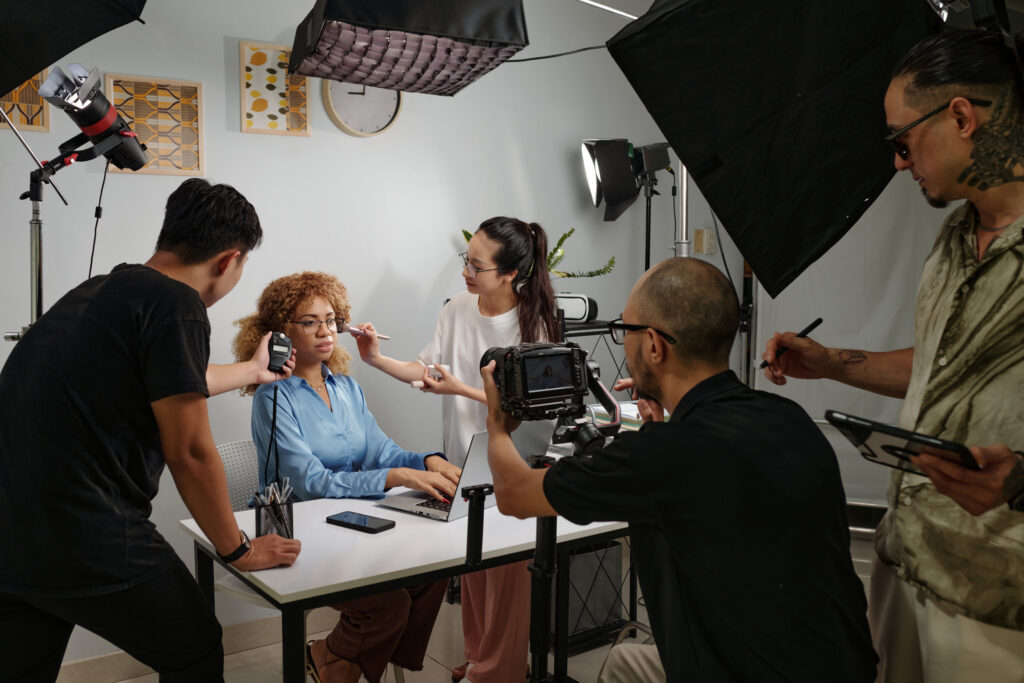SMACC Guide: Working with Children in Media Content Creation
Working with children in media comes with a high level of responsibility, including legal and ethical considerations. Here are key guidelines for handling, creating, and distributing content featuring children.
1. Obtain Parental/Guardian Permission
• Always secure written consent from a parent or guardian before involving a child in media projects.
• The consent form should clearly outline how the child’s image, voice, or likeness will be used.
2. Limit Access to Sensitive Content
• Ensure that content featuring children is distributed in a controlled environment, with privacy settings adjusted appropriately.
• Be cautious when posting children’s content on public platforms where it could be shared without consent.
3. Respect Privacy
• Avoid capturing or sharing personal details (e.g., location, school name, home address) that could compromise a child’s safety.
• When possible, use generalized or blurred backgrounds in images and videos to further protect their privacy.
4. Careful Handling of Images and Videos
• When distributing content, ensure it’s done through secure channels where parents can retain some control over who views or shares the media.
• Discuss where and how the content will be shared with the parents beforehand (e.g., websites, social media, promotional materials).
5. Sensitive Topics and Scenarios
• When working with children on sensitive topics (e.g., bullying, mental health, etc.), ensure you approach the subject in an age-appropriate and respectful manner.
• In these cases, parental involvement in content review is crucial before distribution.
6. Child Labor Laws
• Familiarize yourself with the local laws and regulations concerning children in media, such as working hours, compensation, and safety protocols.
• Ensure that production schedules are designed to prioritize the child’s well-being, including breaks, schooling time, and rest periods.
7. Set Clear Expectations
• Before filming or shooting, communicate with both the child and parents about the project’s goals, expectations, and requirements.
• Make sure the child feels comfortable, safe, and understands their role in the project.
8. Post-Production and Distribution
• Ensure that images or videos are stored securely and only accessed by authorized personnel.
• Upon completion, provide the family with copies of the final media content and offer them the option to withdraw consent at any time before public release.
By following these guidelines, content creators can ensure the ethical and responsible handling of media involving children, prioritizing their safety, privacy, and overall well-being throughout the process.


